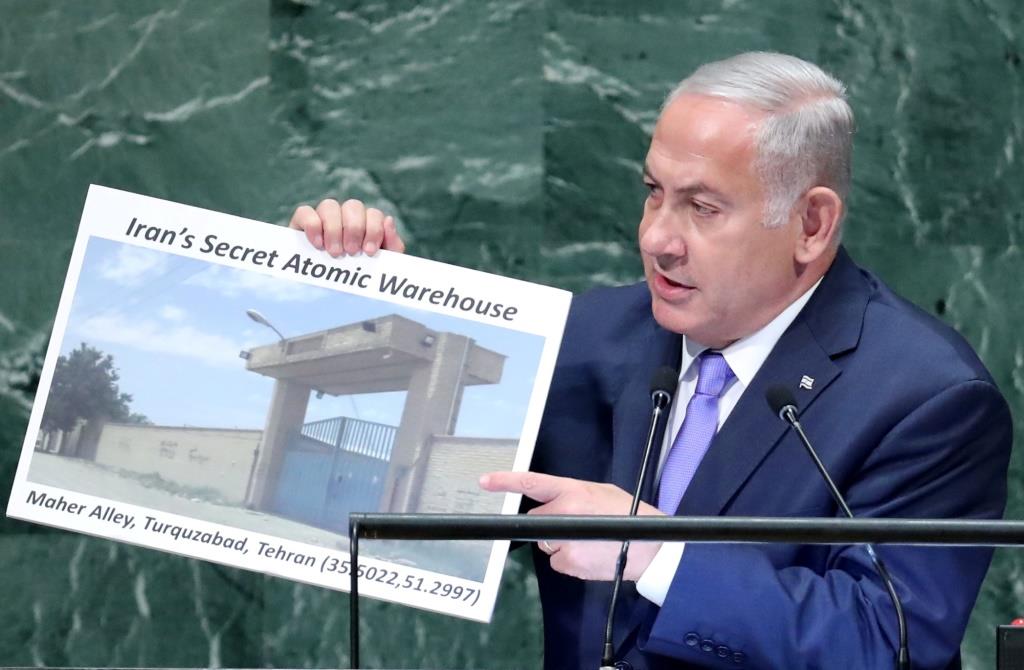Strategic Assessment
Military action against Iranian nuclear installations was always a problematic, risky scenario opposed by virtually all world governments. Only the United States and Israel have considered it, and they too are in no hurry to implement it. In any case, the Joint Comprehensive Plan of Action (JCPOA) approved in 2015 put another brake on the idea. However, the change in approach embodied by the Trump administration and the Iran-Israel friction on the Syrian front are variables that could change this situation, especially given the US administration’s policy of heightened pressure against Iran. Nonetheless, the current climate is not ripe for a military option. The United States and Israel seem to prefer to increase the pressure on Tehran to force it to agree to amend the original nuclear agreement, which could lead to internal tremors in Iran. Current circumstances allow for new possibilities in terms of a military strike on Iran, mainly in two scenarios: one, if the JCPOA collapses and Iran decides to resume its previous nuclear activity to the point it threatens to break out to a nuclear weapon; the other, if the attacks in Syria devolve into a large scale confrontation between Iran and Israel, including missile and rocket attacks, which would provide Israel with an opportunity to attack Iran’s nuclear sites.



